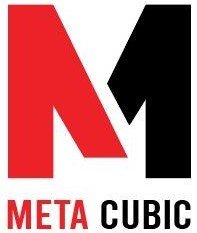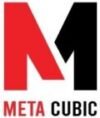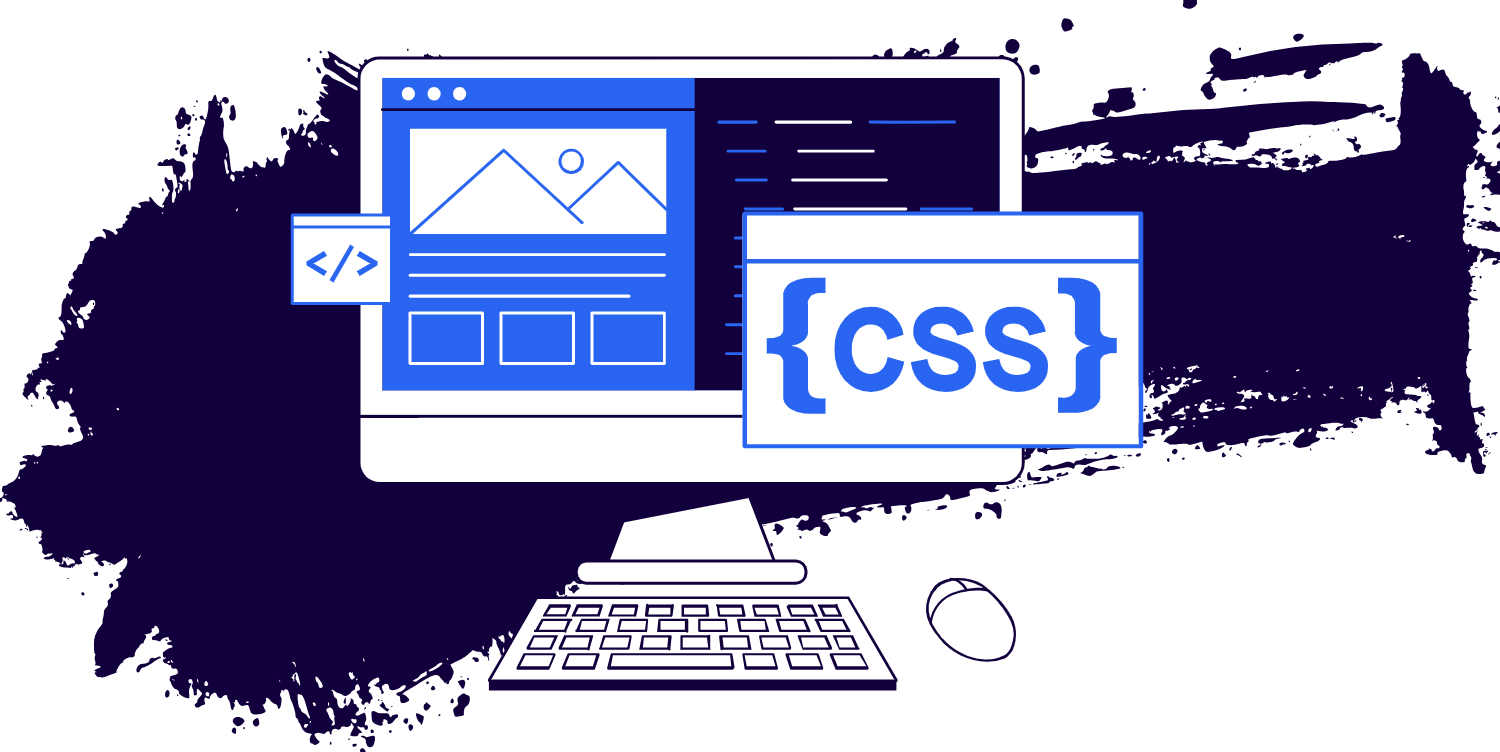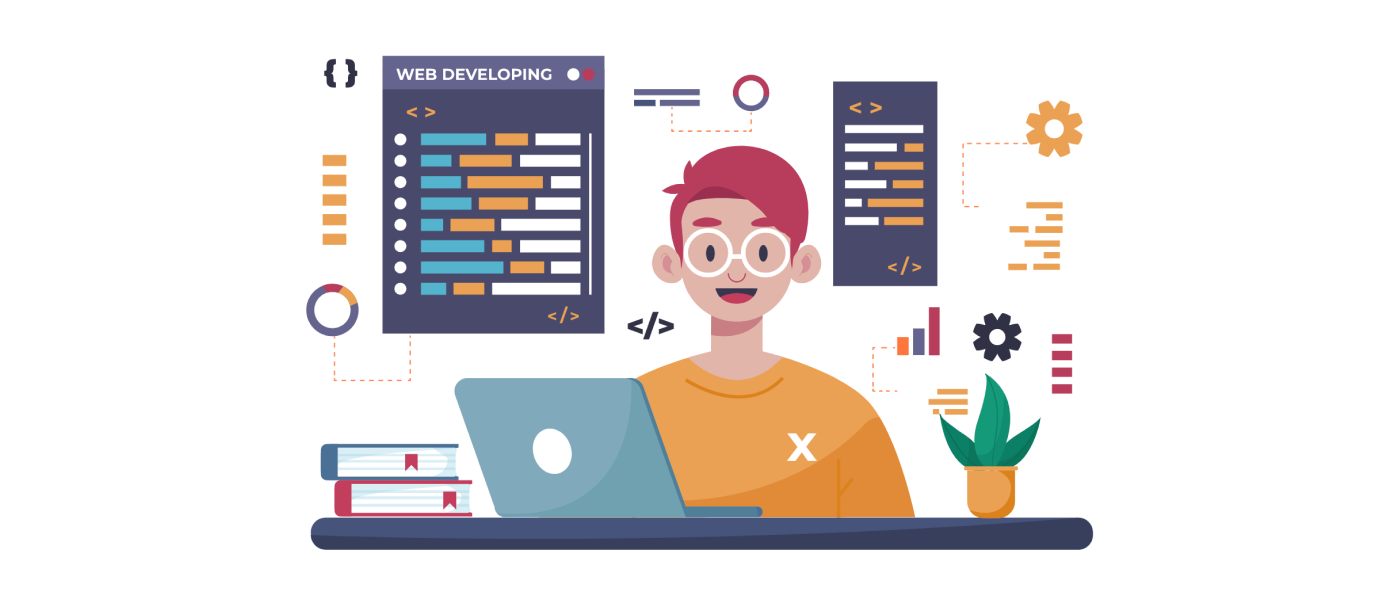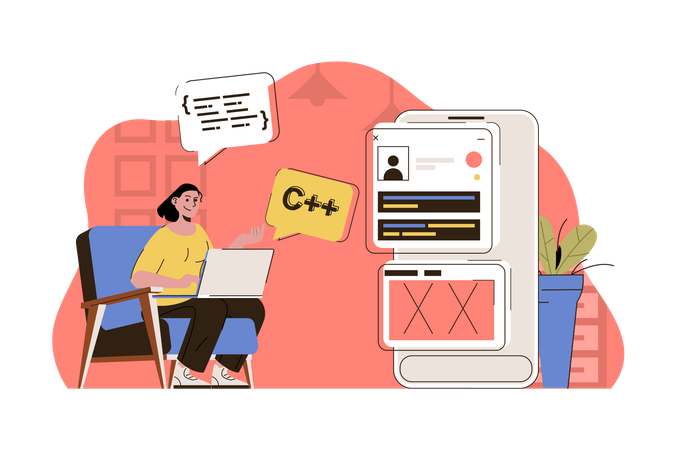Understanding HTML The Building Block of Web
The Building Block of Web
In today’s digital age, the internet serves as a vast repository of information, entertainment, and communication. Have you ever wondered how web pages are created and structured? Well, the answer lies in the world of web development, and at its core is HTML, or HyperText Markup Language. In this comprehensive guide, we will delve into the basics of HTML, unraveling its syntax, and exploring its indispensable role in web development. By the end of this article, you’ll have a solid grasp of HTML and its significance in crafting the digital landscape.

Introduction to HTML
HTML, short for HyperText Markup Language, is the foundational language used to create and structure web pages. It provides a set of elements and tags that web developers use to define the content and layout of a webpage. HTML plays a pivotal role in organizing text, images, links, and multimedia, allowing web browsers to interpret and display these elements seamlessly.
HTML: The Backbone of Web Pages
Understanding Markup Languages
Before we dive deeper into HTML, let’s understand what markup languages are. Markup languages are a way to annotate text to define its structure and presentation. In the case of HTML, this involves using tags to enclose different elements of a webpage, indicating their purpose and how they should be displayed.
HTML’s Role in Document Structure
HTML serves as the skeleton of a web page, defining its structure and hierarchy. It outlines where headings, paragraphs, images, and links should appear, giving a clear roadmap for browsers to render the page accurately.
Getting Started with HTML
Setting Up Your HTML Document
To start coding in HTML, you need a basic HTML document structure. This includes the <!DOCTYPE> declaration, the <html>, <head>, and <body> tags, which create the foundation for your webpage.
Elements and Tags
HTML comprises a wide range of elements and tags, each with a specific purpose. Elements such as <p> for paragraphs, <h1> for headings, and <img> for images are used to structure content.
Text and Formatting in HTML
Headings and Paragraphs
Headings, from <h1> to <h6>, define the hierarchy of your content, with <h1> being the highest level and <h6> the lowest. Paragraphs, enclosed in <p> tags, organize your textual information.
Text Styling with HTML
HTML also offers various tags to style text, including <em> for emphasis, <strong> for strong importance, and <span> for inline styling.
Working with Images and Links
Embedding Images
Images are integral to web design. HTML lets you embed images using the <img> tag, with attributes specifying the image source, dimensions, and alternative text.
Creating Hyperlinks
Links are the essence of web navigation. HTML facilitates the creation of hyperlinks using the <a> tag, allowing you to connect your web pages and external resources.
Lists and Tables in HTML
Organizing Content with Lists
HTML offers ordered <ol> and unordered <ul> lists, providing a structured way to present information. You can also use the <li> tag for list items.
Structuring Data with Tables
Tables, created with the <table> tag, allow you to organize data in rows and columns, making them ideal for presenting information like charts and schedules.
Forms and Input Elements
Building Interactive Forms
HTML provides a range of form elements, including <input>, <textarea>, and <select>, enabling you to collect user data and feedback.
Common Form Elements
Elements like radio buttons, checkboxes, and dropdown menus enhance the functionality of HTML forms, making them more user-friendly.
HTML5: The Future of Web Development
New Features and Elements
HTML5 brings exciting features like audio and video support, canvas for graphics, and improved form validation, opening up new possibilities for web development.
Semantics in HTML5
Semantic HTML5 elements, such as <header>, <nav>, and <footer>, enhance the structural clarity of your web pages and improve SEO.
CSS and HTML: A Dynamic Duo
CSS (Cascading Style Sheets) complements HTML by allowing you to control the presentation and layout of your web pages. We’ll explore how to link CSS to HTML for cohesive design.
Accessibility and SEO in HTML
Creating Accessible Content
Accessibility is crucial in web development. Learn how to make your HTML content accessible to all users, including those with disabilities.
SEO Best Practices
Discover SEO techniques that will improve your web page’s visibility in search engine results, driving more organic traffic.
Cross-Browser Compatibility
Ensure your HTML code works seamlessly across different web browsers, providing a consistent user experience.
Debugging HTML Code
Learn tips and tricks for identifying and fixing common HTML coding errors.
Responsive Web Design
Adopt responsive design principles to create web pages that adapt to various screen sizes, enhancing user experience on mobile devices.
Resources for Learning HTML
Explore recommended resources, including tutorials, books, and online courses, to further your HTML knowledge.
Conclusion: Mastering HTML
Congratulations! You’ve embarked on a journey to understand HTML, the foundation of web development. With this newfound knowledge, you have the power to create captivating web pages that inform, engage, and inspire. As you delve deeper into the world of web development, remember that HTML is just the beginning. Stay curious, keep coding, and watch your digital creations come to life!
